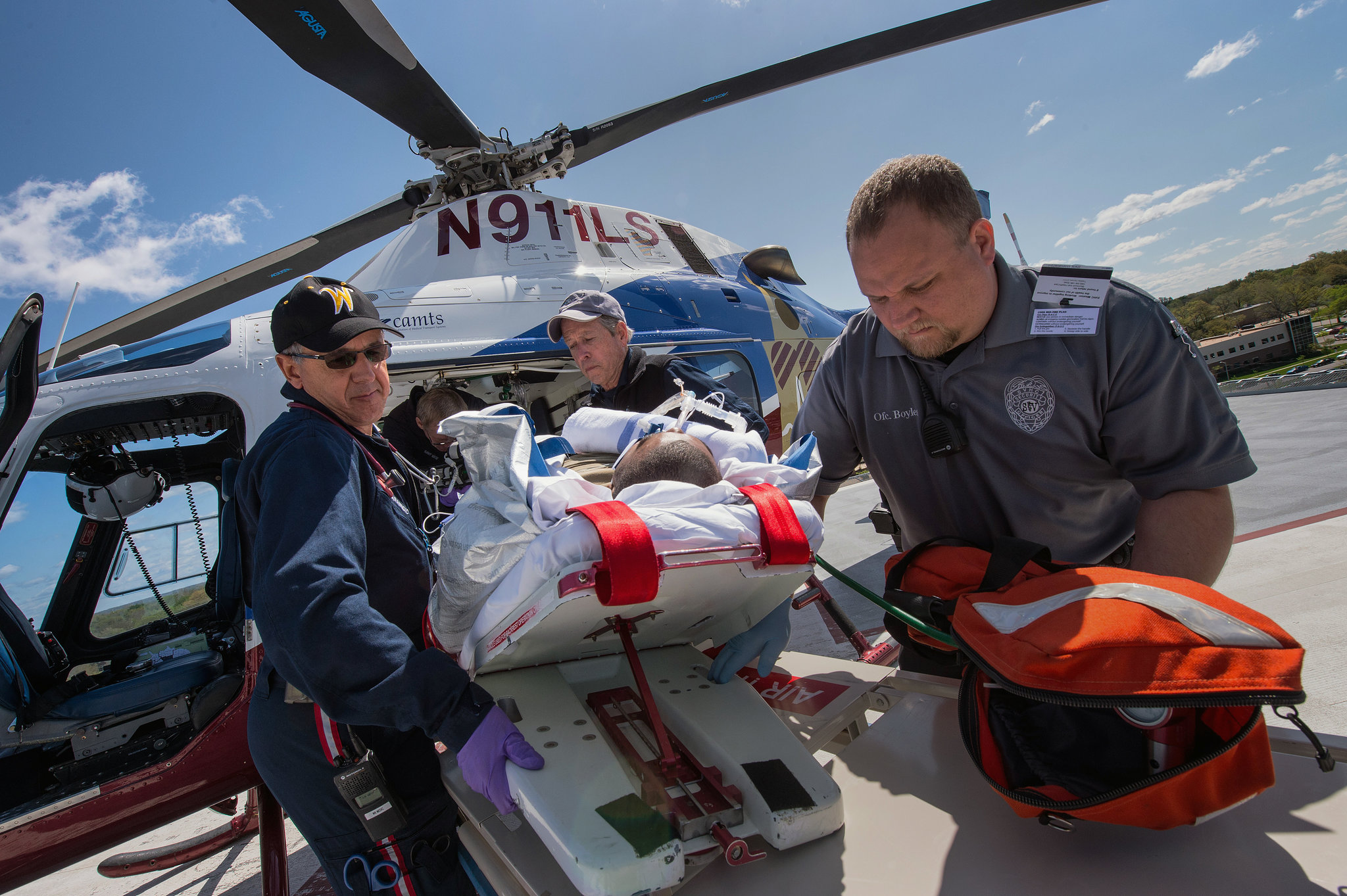Air Ambulance: The Vital Role of Air Ambulances in Emergency Medical Care
Air Ambulance: In moments of crisis, when every second counts, air ambulances emerge as indispensable lifelines. These aerial medical units serve as rapid-response vehicles, swiftly transporting critically ill or injured individuals to advanced care facilities. In this article, we delve into the pivotal role played by air ambulances, exploring their functions, benefits, challenges, and the evolving landscape of aeromedical services.
What is an Air Ambulance?
An Air Ambulance refers to an aircraft, typically a helicopter or fixed-wing plane, specially outfitted with medical equipment and staffed by highly trained medical professionals. These units are deployed in emergency situations where swift transportation is essential for the survival and well-being of patients.
ये भी पढ़े: Trade Deadline NBA: Teams Positioning for Playoff Push
Functions and Capabilities:
Air Ambulance are equipped to provide advanced medical care during transit. They boast facilities such as ventilators, defibrillators, cardiac monitors, and other critical care equipment necessary for stabilizing patients en route to medical facilities. Additionally, they are staffed with specialized medical teams comprising paramedics, nurses, and sometimes even doctors, capable of delivering immediate and intensive care.
ये भी पढ़े: Financial Services Sector: Navigating the Dynamic Landscape of the Financial Services Sector
Benefits of Air Ambulances:
- Rapid Response: Air ambulances drastically reduce transportation time, particularly in remote or inaccessible areas, enabling timely access to specialized medical care.
- Critical Care in Transit: These units offer a level of medical care akin to that of a hospital’s intensive care unit, ensuring patients receive continuous monitoring and treatment during transit.
- Versatility: Air ambulances are not constrained by geographical barriers or traffic congestion, allowing them to reach patients in diverse locations, including disaster zones, rugged terrain, or offshore incidents.
ये भी पढ़े: Big Rig Accident Attorney: why you need a skilled attorney to deal with the aftermath
Challenges and Considerations:
- Cost: The high operating costs associated with Air Ambulance can present financial challenges, especially for patients without adequate insurance coverage.
- Weather and Safety: Adverse weather conditions or airspace restrictions may impede Air Ambulance operations, necessitating careful planning and coordination.
- Regulatory Issues: Regulatory frameworks governing air ambulance services vary across jurisdictions, posing challenges for seamless integration and standardization of operations.
The Evolving Landscape:
Advancements in technology and healthcare delivery continue to shape the landscape of aeromedical services. Innovations such as telemedicine integration, drone-based emergency response, and enhanced medical equipment further enhance the capabilities and reach of air ambulances. Moreover, collaborations between public and private entities are fostering greater accessibility and affordability of aeromedical services.
ये भी पढ़े: World Trade Center footage recalls the pain and courage of history
Conclusion:
Air Ambulance: In the realm of emergency medical care, air ambulances stand as beacons of hope, bridging geographical barriers and delivering critical care when it is needed most. Despite challenges, their indispensable role in saving lives and mitigating the impact of medical emergencies is undeniable. As technology advances and healthcare systems evolve, the future promises even greater effectiveness and efficiency in aeromedical services, ensuring that flying lifelines remain a cornerstone of emergency medical response worldwide.










